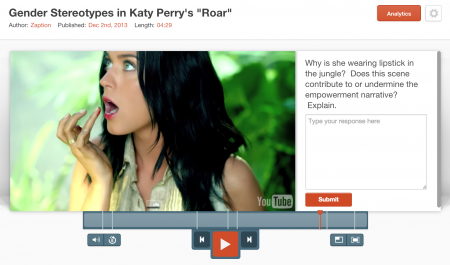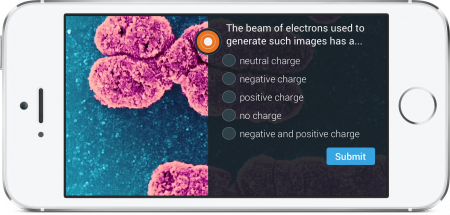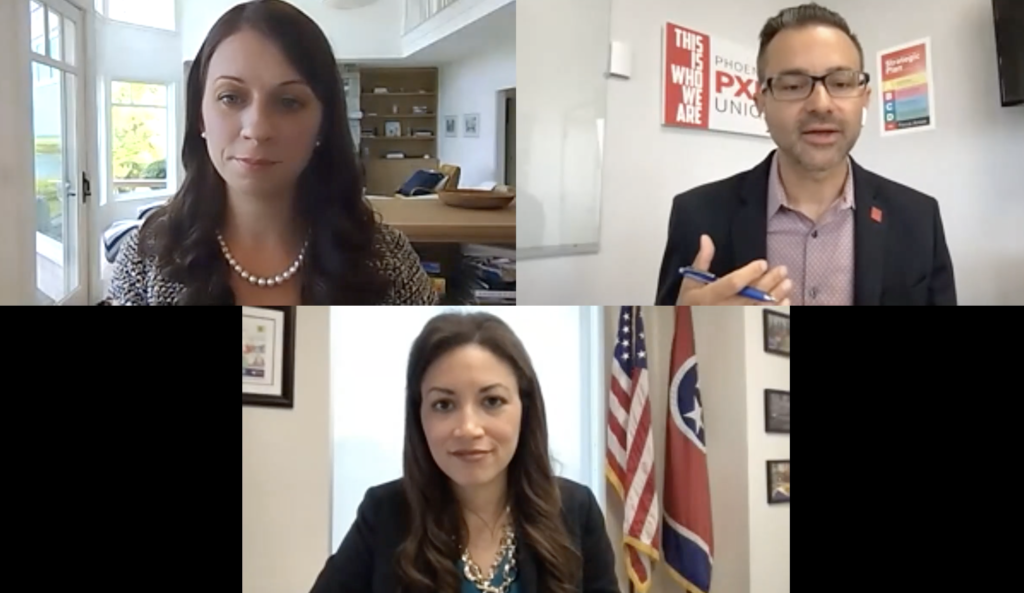Online video is central to the way in which 21st century learners digest and share information with one another. According to comScore, 188 million people in the United States will watch 49 billion videos in just a day. Online video consumption from individuals ages 12 to 17 represents over 13% of total video hours and is amongst the most rapidly growing demographics.
In U.S. K-12, video has become a common modality for delivering content inside and outside the classroom. YouTube EDU, which was first conceived in 2009, now has over 20,000 channels dedicated to Primary & Secondary Education. Teachers are using video in a myriad of ways: to flip their classrooms, extend content beyond the textbook, and enable differentiated instruction for students in need of acceleration or remediation.
But important questions persist: Are students actually watching the video? If so, are they engaged, actively learning, and reflecting? Zaption helps teachers answer these questions.
The NewSchools Seed Fund is proud to announce our investment in Zaption. Zaption is a video-learning company led by CEO Chris Walsh, also the co-founder of the Google Teacher Academy and creator of the Infinite Thinking Machine, Jim Stigler, a UCLA professor and former CEO of Lesson Lab, and Charlie Stigler, the CTO and one of Peter Thiel’s 2012 batch of 20 under 20. The Zaption team has been a member of our edtech community for a little over a year now as a member of the Learning to Teach Fund.
Zaption amplifies a teacher’s ability to utilize video content to meet learning objectives. For example, teachers can leverage existing content from sites such as YouTube and Vimeo and insert their own reflection or assessment questions. Within the Zaption platform, teachers can create interactive video pit stops such as multiple choice or free response questions. Zaption allows teachers to track student responses and the portion of video watched by a student, all helpful data for teachers to evaluate the efficacy of learning from a unit of video content. Zaption is unlocking the black box of online video for many educators.
Zaption supports deeper learning: A study from SRI Education that tracked the use of Khan Academy in schools found mixed results for student engagement – 62% of students were moderately engaged and 25% highly engaged when watching the videos during class time. Further studies in the world of cognitive science have found the human brain responds differently when engaged in active problem-solving and reflection – exercises that require greater student attention and connectivity to various concepts, improving a student’s ability to retain knowledge in his or her long-term memory. Zaption turns video viewing into an active learning experience. “Teachers will find that students are really engaged — it’s great that they are not just watching videos passively”, says Jennifer Lee a teacher at Bulldog Tech Middle School.
Zaption fills a market need: Zaption’s product also fills a gap in the current K-12 instructional tools market. Last April, the Gates Foundation released the results of an extensive study surveying over 3,100 U.S. teachers on their needs from digital instructional tools to help prepare their students to meet the more rigorous Common Core State Standards (CCSS) and Next Generation Science Standards (NGSS). The results highlighted a lack of high-quality digital instruction tools in several areas: middle school social studies, grades 3-8 science, and content-agnostic platforms that host or aggregate content – all areas in which Zaption’s product has a strong use case. For example, Zaption has formed a great partnership with Facing History and Ourselves to create custom interactive lessons with FHO’s video content for grades 9-12 social studies.
Zaption goes mobile: According to a 2013 report by Nielsen, 70% of teenagers ages 13-17 have smartphones. As John Doerr notes in his op-ed several months back, mobile phones are central to everyday life for students. Last week, Zaption launched their iOS app on the App Store. Mirroring broader industry trends with mobile video consumption growing at double-digit rates and the BYOD movement in K-12 well under way, we expect to see more of Zaption’s users access homework assignments and in-class activities on their phones.
Zaption’s iOS application
Since our investment, Zaption has continued their growth trajectory and are recent winners of the Digital Innovation in Learning award for Mindful Data, recognizing the ability of their tool to deliver meaningful, actionable data. We believe the team at Zaption is bringing teachers the tools they need to flip the classroom and use engaging multimedia to deliver deep learning.




